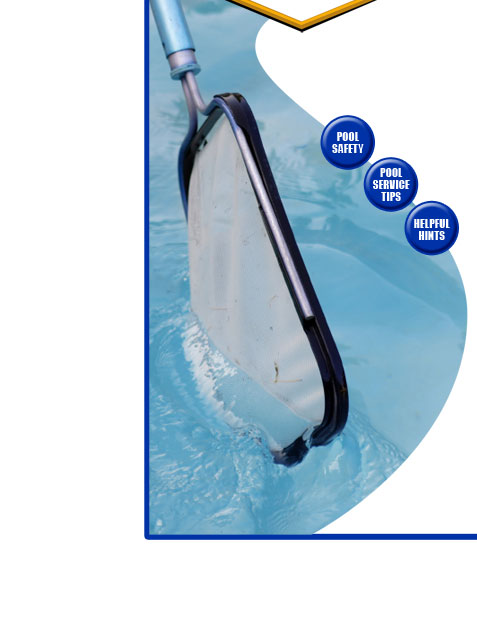 |
||
 |
CALCIUM HARDNESS Total hardness in the context of pool water refers to the total mineral content of the water. This is made up of calcium, magnesium, iron, manganese and other elements. These elements are present in the water used to fill the pool, and the levels can increase through the use of regular pool chemicals (e.g. chlorine composed of calcium hypochlorite). We are interested in the calcium hardness levels. The ideal range for calcium hardness is 250-350 ppm. If the calcium hardness is too low, the water becomes corrosive and results in the etching of the pool's surfaces. Metals corrode - and this includes pool equipment, pipe fittings and pump connections. As a result, the pool's walls and floor can stain. Low calcium hardness can easily be increased using calcium chloride. The amount needed can be calculated using the calcium chloride calculator. NOTE: divide the required amount of calcium chloride into 3 parts. Add the first part and circulate the water for at least 4 hours. Test the water again and repeat the process until the desired level is reached. If the calcium hardness is too high, the result will be scale formation on all pool surfaces. The filter and pipes become clogged, reducing water flow and filtration efficiency. The water becomes cloudy and swimmers complain of eye irritations. Reducing calcium hardness is very difficult. Either replace some or all of the water in the pool, or add chemicals that will keep the calcium in solution and prevent it from depositing out. If the calcium hardness is high, we recommend that you consult a pool professional. |
 |
 |
||